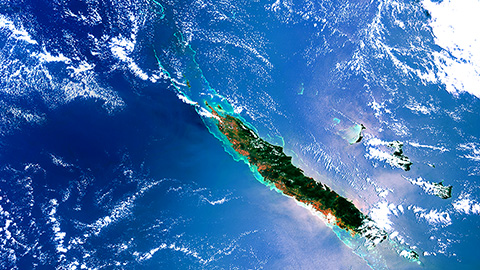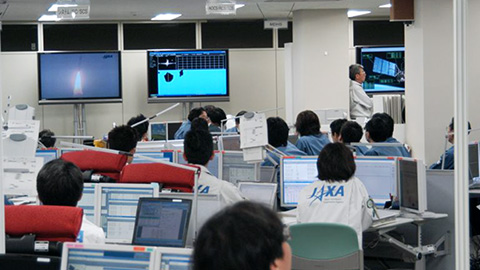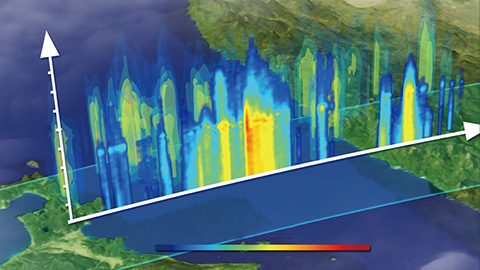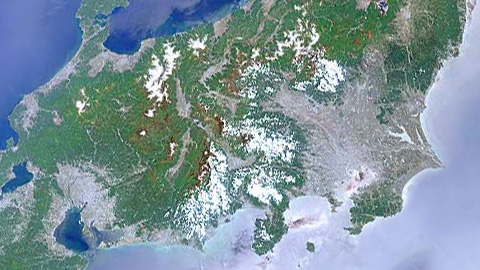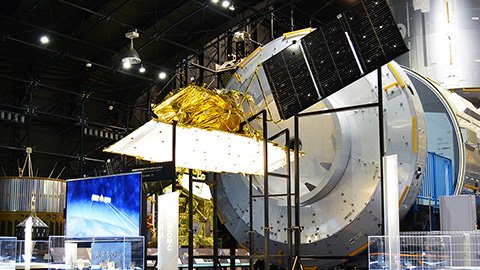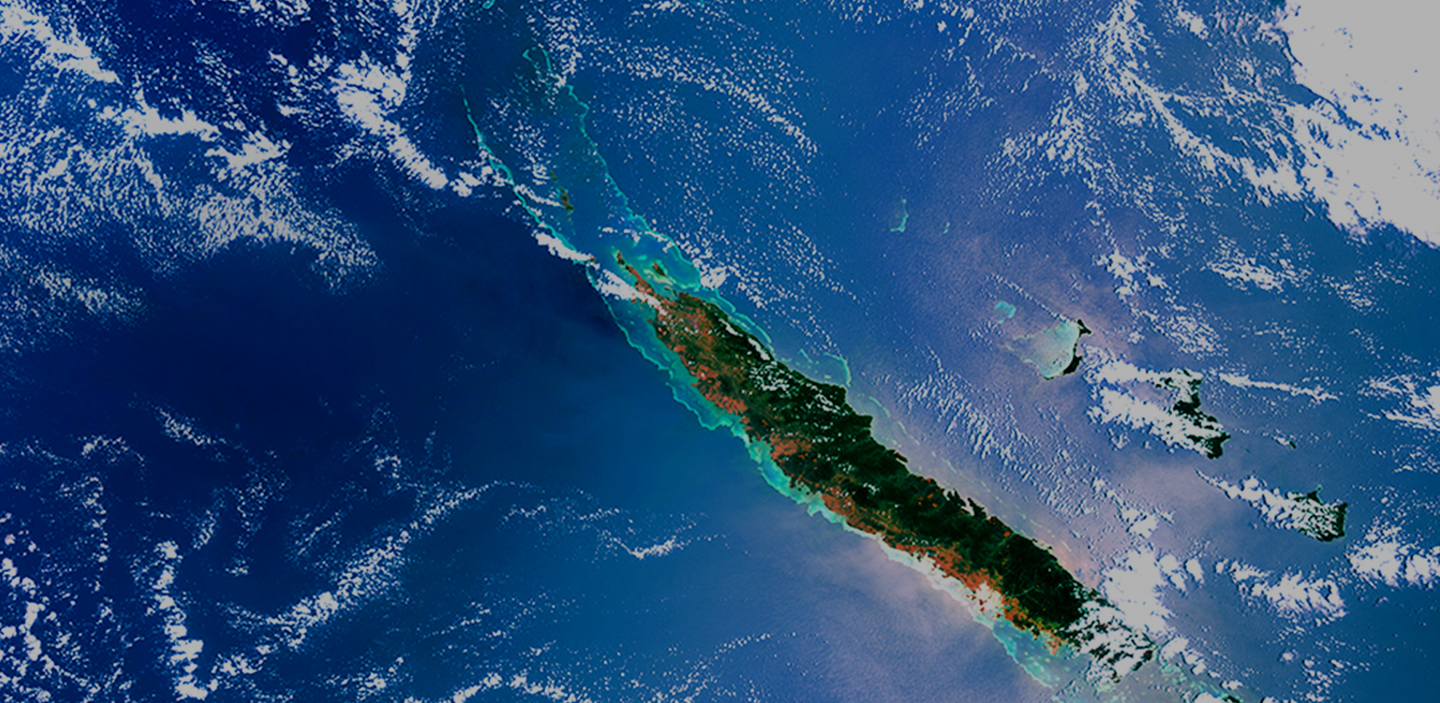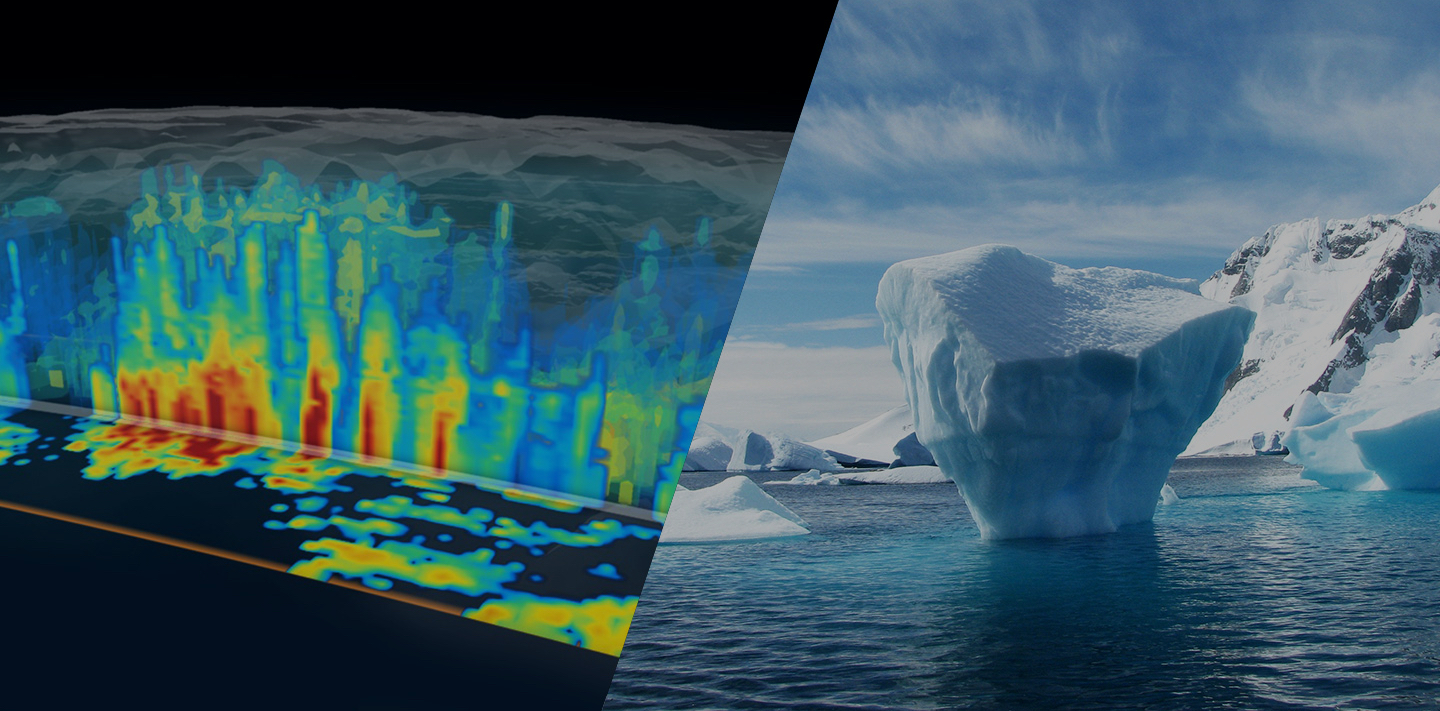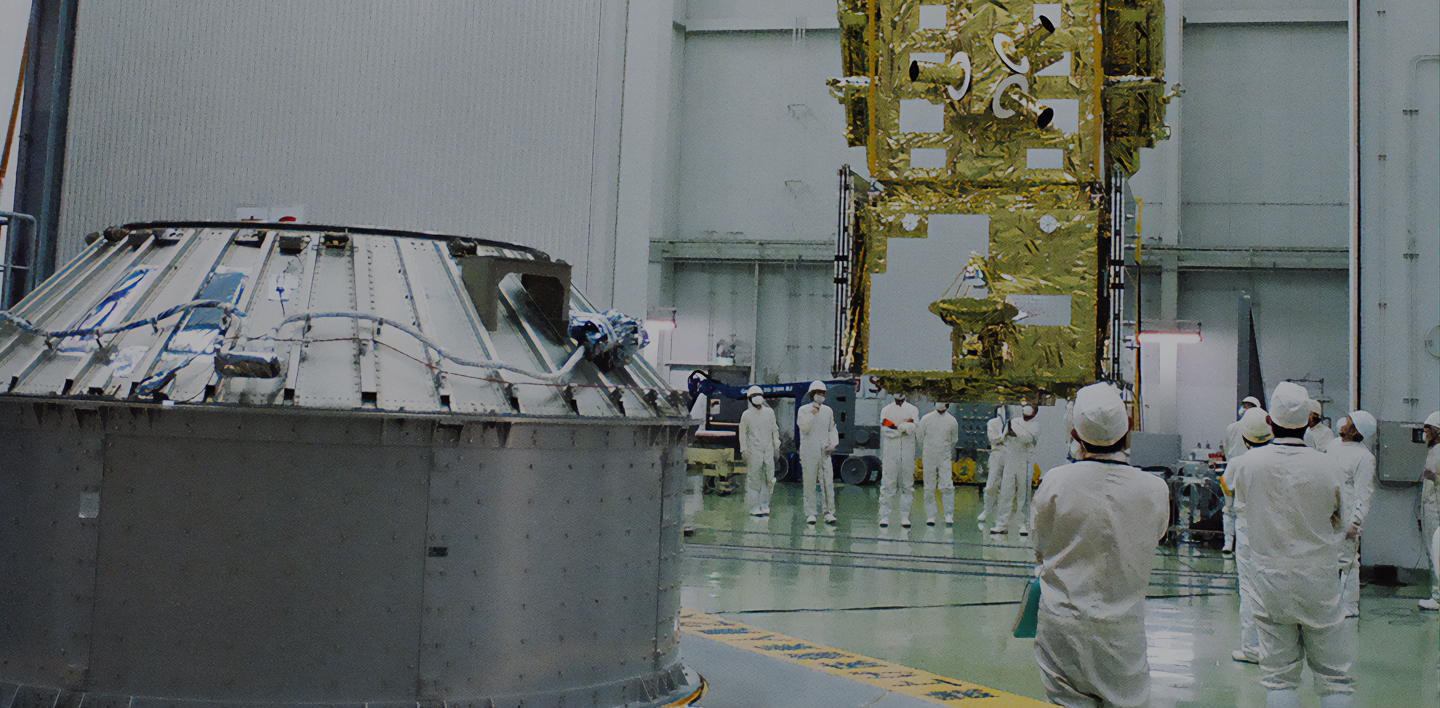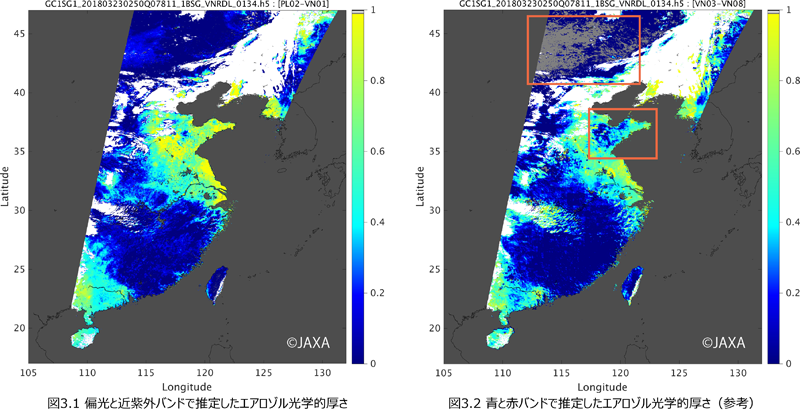

Research and Development
2018.07.03 Tue
Introduction to polarization and near-ultraviolet observations with GCOM-C
GCOM-C can observe polarization and near-ultraviolet
Global Change Observation Mission – Climate “SHIKISAI” (GCOM-C) carries the Second-generation Global Imager (SGLI) which is an optical sensor observing wavelengths from near-ultraviolet (NUV) to thermal infrared (380 nm to 12 µm). It also has the capability to perform polarization observations at the red and near-infrared (NIR) wavelengths by looking forward and backward directions along the satellite orbit. The polarization observation allows us to investigate not only intensity of light, but also the oscillation direction of the electromagnetic waves.
Among the previous Earth observation satellites, there were sensors having NUV channels include TOMS, OMI, GLI, and TANSO-CAI, and sensors capable of polarization observations include POLDER-1, POLDER-2, and POLDER-PARASOL. SGLI is the world’s first (*1) sensor on an Earth observation satellite capable of observing both NUV wavelengths and polarization simultaneously.
Many experiences from the Global Imager (GLI) and “Polarization and Directionality of the Earth’s Reflectances 2” (POLDER-2) instruments on the Advanced Earth Observing Satellite “MIDORI-II” (ADEOS-II), launched in 2002, was incorporated into the development of sensors and algorithms for GCOM-C’s NUV and polarization observations.
*1 In 2025, 3MI will be launched on EUMETSAT’s METOP-SG satellite, which can observe near-ultraviolet and polarized light simultaneously.
Why focus on polarization and near-ultraviolet observations?
GCOM-C’s polarization and NUV observations are expected to provide better estimates of aerosols (suspended particles in the atmosphere) over land. Because land surface reflectance is generally higher than ocean’s one and varies largely with vegetation and land cover in the visible and NIR wavelengths, it makes difficult to estimate aerosols if we use only these wavelengths (Figure 1, left). On the other hand, in the NUV wavelengths that GCOM-C can observe, the land surface reflectance is generally small. In addition, polarization reflectance (*2) has the advantage of being less affected by the land surface than reflectance of the intensity. Therefore, it is expected that these observations can improve observation of the atmospheric properties including aerosols even over land.
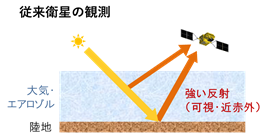 |
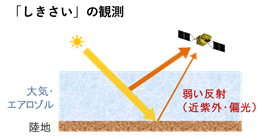 |
| Figure 1. Concept of observations by using different wavelength ranges | |
*2 GCOM-C polarimetry can derive three Stokes parameters (I, Q, U) from observations at three polarization azimuth angles (0°, 60°, 120°). Polarization reflectance is expressed by using the Stokes parameters, √(Q^2+U^2), and the stronger the polarization, the larger the value.
Land observed by polarization and near ultraviolet

Figures 2.1 to 2.4 show RGB color images (R: VN08, G: VN05, B: VN03), red-band (VN08) reflectance, NUV band (VN01) reflectance, and NIR band polarization reflectance (PL02) around China observed by GCOM-C on March 23, 2018. In the images for each band (Figures 2.2 to 2.4), ocean areas are masked in dark gray and cloud areas are masked in white. On this day, dense aerosols were distributed over the North China Plain and southern China, shown as a white haze in the RGB image (yellow frames in Figure 2.1). The NUV image and the polarized reflectance image (Figures 2.3 and 2.4, respectively) are less affected by land surface reflectance and provide a clear picture of the atmosphere. On the other hand, the red-band reflectance was overall high (Figure 2.2) and making it difficult to distinguish the atmospheric information from the land surface reflectance.
Aerosol optical depth estimated from polarization and NUV observations

Using the NUV and polarization observations in Figures 2.3 and 2.4, optical thickness of the aerosol was estimated as Figure 3-1 (*3). For reference, Figure 3.2 shows the results of estimating the aerosol optical depth using the same table-look-up method but using blue and red wavelengths instead of the NUV and polarization. There was a large error in the aerosol estimation, and the values were irregular or missing in the Shandong Peninsula and the eastern Gobi Desert, where the surface reflectance was high (see Figure 2.2), (see the orange frame in Figure 3.2). On the other, Figure 3.1 made from NUV and polarization seemed to be less affected by the land surface reflectance and could estimate stably aerosol estimates over the entire area. Since GCOM-C’s polarization observation is particularly sensitive to small aerosol particles, it is expected to be useful for environmental monitoring of anthropogenic air pollutants which cause problems in China, India, and Southeast Asia. In addition, the NUV band is expected to improve the accuracy of light-absorbing aerosol estimates associated with industries, slash-and-burn agriculture and wild fires. GCOM-C will continue long-term monitoring and contribute to climate change predictions through the improved aerosol estimation especially by the observation capabilities of NUV and polarization.
*3 Here, in order to introduce GCOM-C polarization and NUV observations, aerosol estimation was performed using a simple algorithm different from the standard one.
Explanation of images
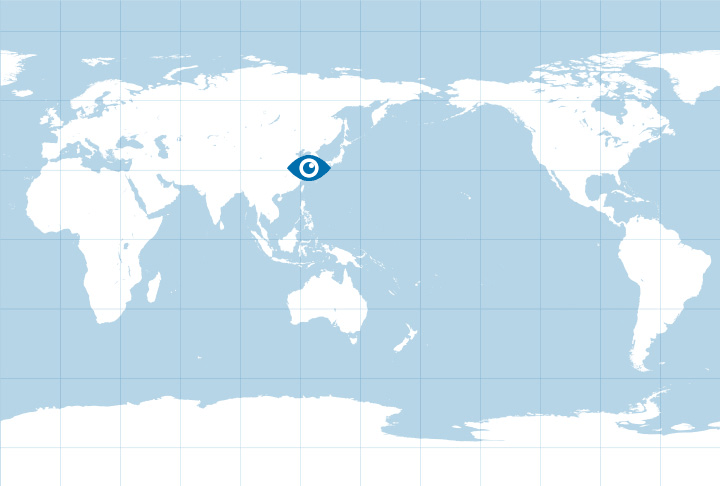
Figures 2.1 to 2.4, Figures 3.1 to 3.2
| Satellite | Global Change Observation Mission – Climate “SHIKISAI” (GCOM-C) |
|---|---|
| Sensor | Second-generation GLobal Imager (SGLI) | Date | March 23, 2018 |
Related Sites
Search by Year
Search by Categories
Tags
-
#Earthquake
-
#Land
-
#Satellite Data
-
#Aerosol
-
#Public Health
-
#GCOM-C
-
#Sea
-
#Atmosphere
-
#Ice
-
#Today's Earth
-
#Flood
-
#Water Cycle
-
#AW3D
-
#G-Portal
-
#EarthCARE
-
#Volcano
-
#Agriculture
-
#Himawari
-
#GHG
-
#GPM
-
#GOSAT
-
#Simulation
-
#GCOM-W
-
#Drought
-
#Fire
-
#Forest
-
#Cooperation
-
#Precipitation
-
#Typhoon
-
#DPR
-
#NEXRA
-
#ALOS
-
#GSMaP
-
#Climate Change
-
#Carbon Cycle
-
#API
-
#Humanities Sociology
-
#AMSR
-
#Land Use Land Cover
-
#Environmental issues
-
#Quick Report
Related Resources
Related Tags
Research and Development Related Articles
-
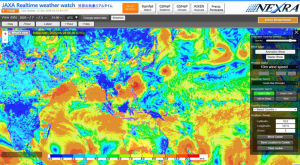 Research and Development 2025.06.18 Wed Advancing Space-Based Weather Analysis and Forecasting – Renewal of JAXA’s Realtime Weather Watch ‘NEXRA3’ and Performance Evaluation with the previous system (Overview Article)
Research and Development 2025.06.18 Wed Advancing Space-Based Weather Analysis and Forecasting – Renewal of JAXA’s Realtime Weather Watch ‘NEXRA3’ and Performance Evaluation with the previous system (Overview Article) -
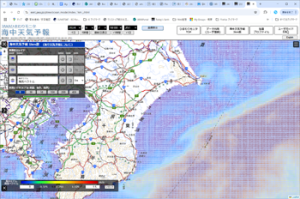 Research and Development 2025.03.27 Thu Launch of Ocean Weather Forecasts 1km resolution
Research and Development 2025.03.27 Thu Launch of Ocean Weather Forecasts 1km resolution -
 Research and Development 2024.05.27 Mon The Use of Earth Observation Satellite Data in the Humanities and Social Sciences (3)
Research and Development 2024.05.27 Mon The Use of Earth Observation Satellite Data in the Humanities and Social Sciences (3) -
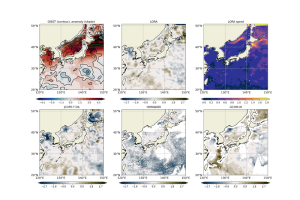 Research and Development 2024.03.06 Wed High sea surface temperatures in the Sea of Japan in relation to Typhoon No. 7, the only typhoon to hit Japan in 2023
Research and Development 2024.03.06 Wed High sea surface temperatures in the Sea of Japan in relation to Typhoon No. 7, the only typhoon to hit Japan in 2023





